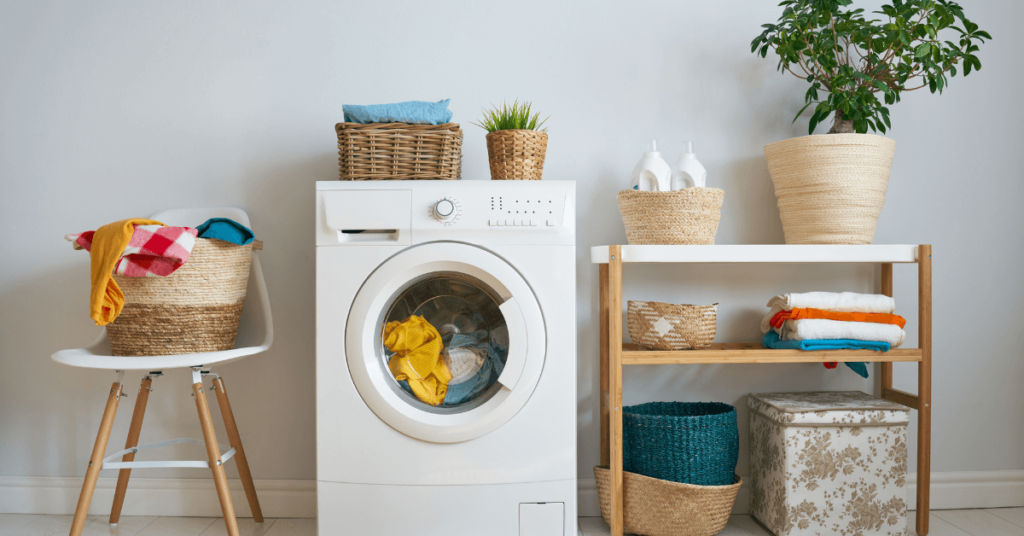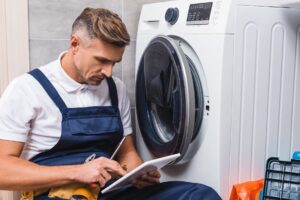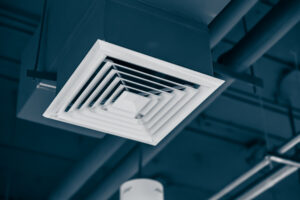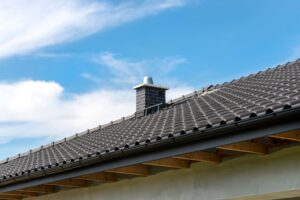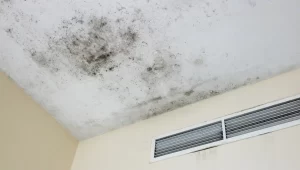Can you run a dryer without the vent hose? Yes, you can. However, It’s not recommended at all as it poses several safety and efficiency risks. Maybe you’re moving into a new apartment and the vent hose doesn’t reach the outside. Or maybe you’re just trying to save some money on your energy bill.
Whatever the reason, it’s important to know that running your dryer without the vent hose is not a good idea. It’s like running a dryer without a vent hose is like driving a car without brakes.
In this blog post, we’ll take a closer look at the dangers of running a dryer without a vent hose, and we’ll discuss some alternatives that you can consider if you don’t have a vent hose.
So, let’s get started!
Can You Run A Dryer Without The Vent Hose? Is it dangerous
It could be a debate – can you run a dryer without the vent hose? Or Is it safe to use a dryer without vent hose?
Unfortunately, no. Running a dryer without a vent hose can lead to a fire hazard, as moisture and lint can accumulate in the machine. If your home does not have an exhaust system, use a vent hose when operating your dryer.
If you are unsure whether or not your home has an exhaust system, contact your local housing or fire department. They can advise you on whether you can use a dryer in your home and whether you need to attach a vent hose.
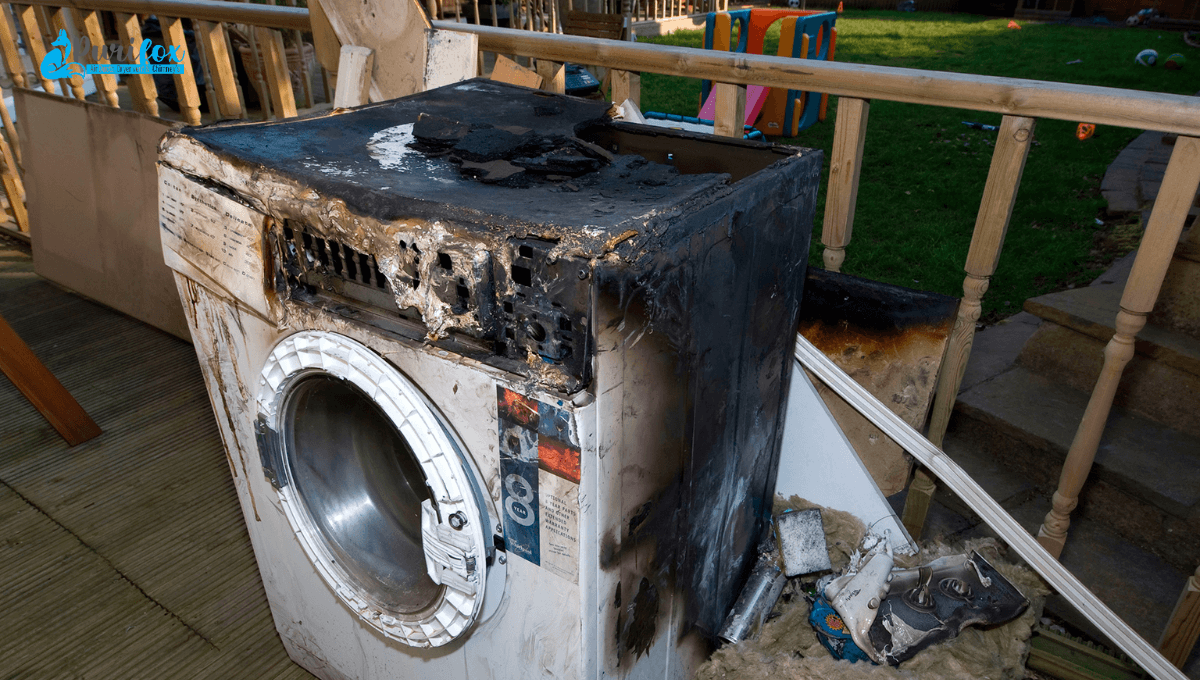
Even after all these, many people try to know, does an electric dryer need a vent? Or can you run an electric dryer without a vent hose? The answer is still the same. It is not safe to run an electric dryer without vent hose. Electric dryers produce a lot of heat and lint, which can be a fire hazard if they are not properly vented to the outside.
What Happens If You Use Your Dryer Without A Vent?
When you run dryer without vent, all of the lint, moisture, and heat normally expelled to the outside is trapped inside the dryer.
This can lead to some serious problems, including–
Increased Fire Risk
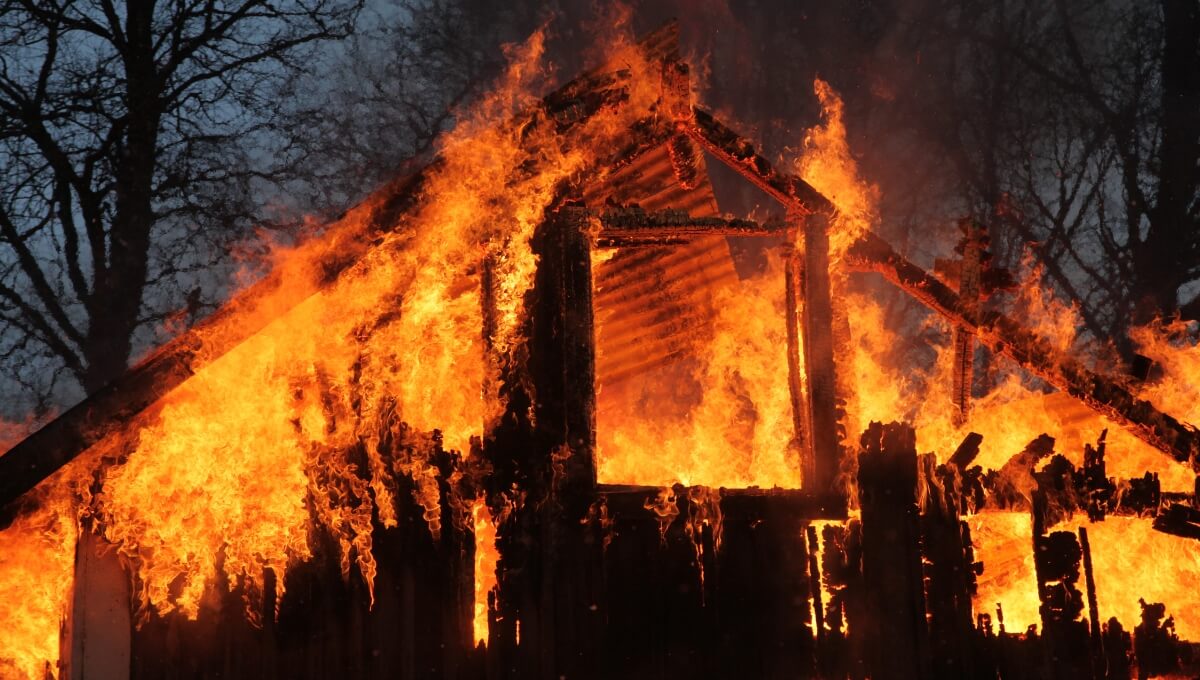
Lint is a highly flammable material, and when a dryer is not vented, lint can accumulate inside the machine and the surrounding area. This poses a significant fire hazard. Lint is one of the leading causes of dryer fires in homes. Even a small amount of lint can ignite if it builds up inside your dryer.
In fact, dryer fires are the leading cause of residential fires in the United States. According to the U.S. Fire Administration dryer fires account for an average of 15,970 fires per year.
Carbon monoxide poisoning
Gas dryers release carbon monoxide, a poisonous gas. Carbon monoxide is colorless, odorless, and tasteless, so it’s difficult to detect.
If you run a gas dryer without a vent hose, carbon monoxide can build up in your home and cause poisoning. Symptoms of carbon monoxide poisoning include headache, dizziness, nausea, and vomiting. In severe cases, carbon monoxide poisoning can be fatal.
Mold growth
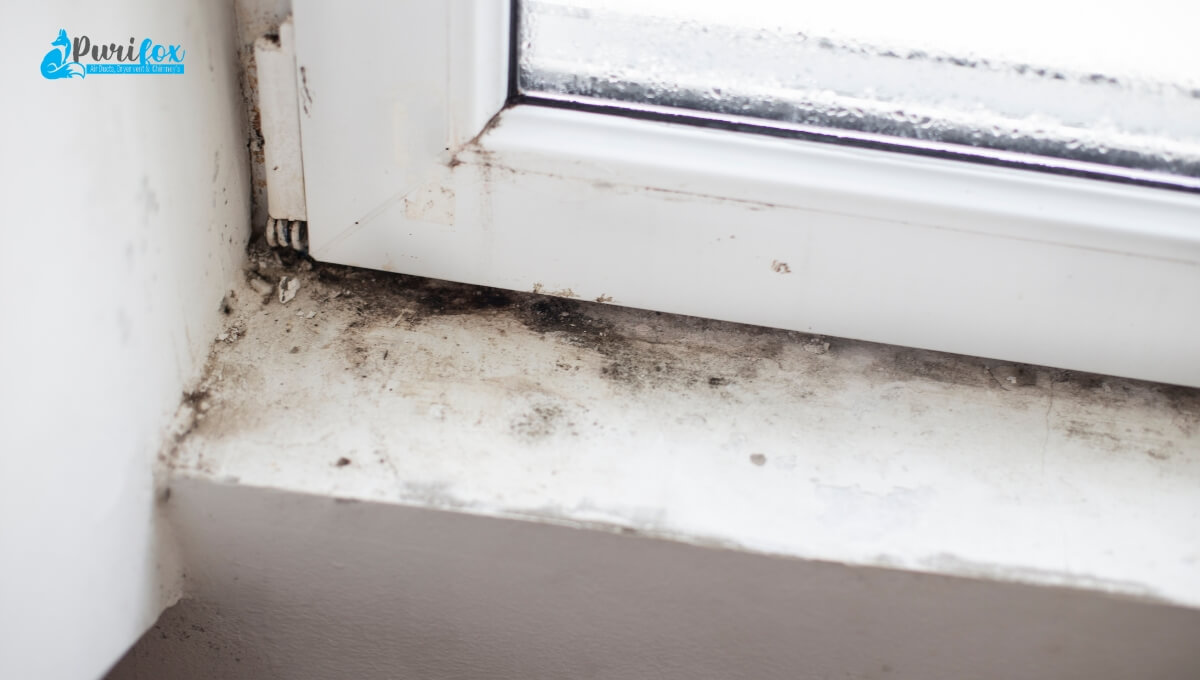
The moisture the dryer releases can lead to mold growth in the home. Mold can cause a number of health problems for occupants, including respiratory problems, allergic reactions, and skin irritation.
If you have mold in your home, it’s important to clean it up immediately. You can do this by removing the moldy materials and disinfecting the area.
Reduced dryer efficiency
Dryers are designed to remove moisture from clothing efficiently by expelling humid air through the vent. Without proper ventilation, the drying process becomes less efficient, and it takes longer for clothes to dry. This can increase energy consumption and utility bills.
Safety Tips For Running A Dryer Without A Vent Hose
Running a dryer without a vent hose is not recommended, as it can pose a fire hazard. However, if you must do so, here are some safety tips to follow:
1. Place your dryer in a well-ventilated area. This could be a garage, utility room, or even a screened-in porch. Avoid placing your dryer in a basement or other enclosed space.
2. Clean the lint trap before every use. Lint is a major fire hazard, so it’s important to remove it from the lint trap before each use. You can also use a dryer vent brush to clean out the lint from the dryer vent hose.
3. Have your dryer vent cleaned regularly by a professional. This is especially important if you’re running your dryer without a vent. A professional can remove any lint buildup from the vent hose and ensure that it’s properly functioning.
4. Many often ask, can you leave the dryer on when you’re not home? The answer is no. Never leave your dryer running unattended. This is important for all dryers, but it’s especially important for dryers that are not properly ventilated.
5. Consider using a ventless dryer. Condenser and heat pump dryers are ventless, so they’re a good option if you can’t vent your dryer to the outside.
Though it shouldn’t, what happens if dryer hose comes off? If you notice that your dryer hose has come off, it’s important to reconnect it immediately. You should also clean out any lint that has accumulated in the dryer vent hose.
If you’re not comfortable reconnecting the dryer hose yourself, you can contact a professional dryer vent cleaning company.
Here are some tips to help prevent your dryer hose from coming off–
1. Make sure that the dryer hose is properly secured to the dryer and the vent opening.
2. Inspect the dryer hose regularly for signs of wear and tear. If the hose is cracked or damaged, replace it immediately.
3. Avoid kinking or bending the dryer hose.
4. Clean the dryer vent hose regularly to remove lint buildup.
Read How To Hide Dryer Vent Hose.
Can you use a tumble dryer without the hose?
It depends on the type of tumble dryer you have.
Vented tumble dryers require a hose to vent the hot, moist air and lint outdoors. They are the most common type of tumble dryer, but they can be less energy-efficient than other types.
Condenser tumble dryers do not require a hose, as they condense the moisture from the air and collect it in a water reservoir. This makes them more energy-efficient than vented tumble dryers, and they can be installed anywhere in your home, regardless of whether or not there is a vent available.
Heat pump tumble dryers are a type of condenser tumble dryer that uses a refrigerant to extract heat from the air and then use that heat to dry your clothes. They are the most energy-efficient type of tumble dryer, but they can also be the most expensive.
If you have a vented tumble dryer, you should not use it without the hose. This is because the hot, moist air and lint can build up inside the dryer and pose a fire hazard.
Final Words
So there shouldn’t be any debate about the answer– ‘can you run a dryer without the vent hose?’ Running a dryer without a vent is risky, and it’s best to avoid running your dryer without a vent altogether.
But if you have no other choice, be sure to follow the safety tips above and have your dryer vent cleaned regularly by a professional.
If you need help with your dryer vent cleaning, contact Purifox LLC Company today. We offer professional dryer vent cleaning and installation services to help you keep your dryer running safely and efficiently
Contact us today to learn more or to schedule a free consultation.
FAQs:
Will a dryer shut off if the vent is clogged?
No, a dryer typically does not shut off automatically if the vent is clogged. However, a clogged vent can cause the dryer to overheat and increase the risk of a fire, so it’s essential to regularly clean and maintain the vent system.
How do I know if my dryer vent is broken?
To determine if your dryer vent is broken, look for these signs:
- Longer Drying Times: Clothes take significantly longer to dry than usual.
- Excessive Lint Buildup: Lint accumulates inside the dryer or around the vent area.
- Hot and Humid Laundry Room: The laundry room becomes unusually hot and humid during dryer operation.
Where does lint go in a ventless dryer?
In a ventless dryer, lint is captured in a lint trap or filter. The moist air from the drying process is then condensed, and the lint is typically collected in a separate container or reservoir that needs to be emptied periodically.
Why does my ventless dryer take so long to dry?
Ventless dryers take longer to dry because they rely on a heat exchange process to remove moisture from clothes, which is less efficient than vented dryers that expel moist air outside. This prolonged drying time is due to the additional steps involved in condensing and recycling the moisture within the dryer, ultimately leading to slower drying cycles.
Do electric dryers give off carbon monoxide?
No, electric dryers do not emit carbon monoxide (CO) as they do not burn fuel. CO emissions are associated with gas or propane dryers, not electric ones.



